Provide A Safe And Secure Environment For Your Horses
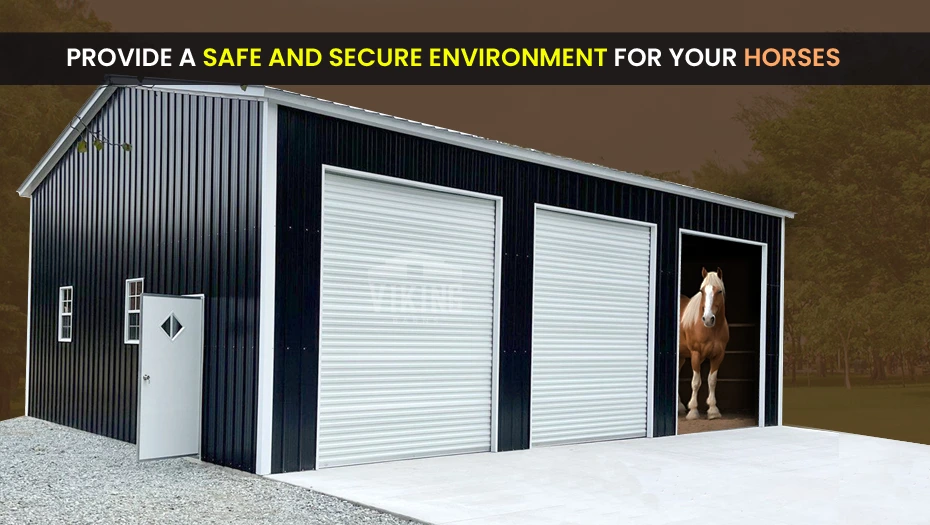
Some of the common types of horse injuries include soft tissue injury, bone injury, joint issues, hoof problems, back pain, and lacerations and wounds. If not taken care of, these can lead to serious problems and pain for the equine. So, what to do? While accidental mishaps can occur to anyone, a well-prepared, safe, and sound horse barn is the first step to ensuring animals’ well-being and maintaining their productivity.
Here, we will discuss some practical and action-oriented steps for ranchers and riding arena owners to secure a safe haven for their beloved equine members.
Start By Assessing The Safety Of Your Property
Overall Land Inspection – It is important to conduct a thorough inspection of your property to identify any potential hazards, such as toxic plants, uneven terrain, holes, and debris that may pose risks to horses. The pasture must be free from any natural obstacles like boulders and sharp objects that can cause injury to animals.
Choosing The Right Fencing – Make sure to check your metal horse barns’ fencing for any issues, such as loose nails, gaps, or broken sections, which can harm horses. Invest in sturdy and horse-safe fencing materials like the following:
- Wood (aesthetic appeal, safe, but needs frequent maintenance)
- Vinyl/ PVC (durable, low-maintenance, but has a high upfront cost)
- Electric (affordable, flexible, but for temporary boundaries only)
- Woven Wire (strong protection, but needs correct spacing to prevent entanglement)
A proper fence installation and maintenance for the barn is important to ensure structural integrity and longevity.
Gate Safety – The horse ranch barn’s gate must have secured latch mechanisms to prevent horses from opening them accidentally. Ensure that gates swing smoothly and are free of any sharp edges that can scratch or give wounds to the equine when entering and exiting. It is best to place doors strategically to avoid overcrowding in high-traffic areas like barn entry points or pasture access points.
Regular Inspection Of Steel Horse Barns – You can schedule a regular inspection routine to maintain the safety of fences, barns, arenas, and pastures. Some tips for metal barn maintenance include checking for any wear and tear, hazards, broken items, fallen debris, and damaged panels, and fixing them promptly.
Equine Barn And Shelter Safety
Right Barn Structures Selection – Choose durable, weather-resistant barn structures to protect horses and some regular-use tools and their feed. You can opt for a metal Carolina barn that has a raised central roof and wide aisle space, along with two spacious side lean-tos. You get enough space for the individual horse and their bedding, and arrange for their feed.
Stall Design and Construction – Stalls inside a barn must be spacious enough so that horses can move freely and rest comfortably. If you are wondering how to add horse stalls to barn buildings, then you can follow these simple tips:
- Non-splintering material for smooth walls, like 29 or 26-gauge metal panels.
- Secure latching system on stall doors with locks.
- Proper vents allow fresh airflow and reduce respiratory issues.
Flooring – Suitable flooring options like rubber mats provide better cushioning and prevent slips. However, if you are looking for an affordable alternative, you can choose packed earth with good drainage. Ensure that the material you have chosen has a non-slippery surface, especially in high-traffic areas.
Fire Safety – Install smoke detectors throughout the barn and place fire extinguishers in areas that are easy to access during emergencies. Keep flammable items like hay, fuel, etc., in a separate and well-ventilated place and away from any direct source of heat or flames. A metal barn provides year-round comfort for livestock irrespective of herd size, and you can add emergency evacuation exits for safety.
Controlled Access – Have clear boundaries around horse areas to deter unauthorized access and maintain organization. You can hang signage to warn trespassers and invest in secure gates, locks, and surveillance systems for extra protection.
Tip: Coordinate with your neighboring ranches and local authorities to stay informed about potential risks and enhance barn security.
Create A Comfortable Living Space With Horse Metal Barns
Stalls And Bedding – Always use high-quality materials, such as straw, wood shavings, or rubber mats, to cushion the horse’s hoofs and prevent sores. Ensure that there are clean and dry stalls by removing waste daily and replacing damp bedding with fresh bedding to reduce the chances of health problems like infections from insects or pathogens.
Pasture Management – To avoid overgrazing, rotate pastures at regular intervals so that grasses can recover. Ensure that proper metal loafing sheds are installed in the grazing area to protect horses from extreme sunlight, rain, and wind.
The barn must also be weather-tight, sealed, and secured with an insulator and ventilation system for a comfortable indoor environment. Some steel barn insulation options include single bubble, double bubble, and woven insulators, which have variable R-values for superior thermal efficiency.
Riding Arena Safety For Arena Owners
Obstacle Safety – Ensure that jumps, barrels, and other tools & equipment are inspected regularly to know if they have any sharp edges or damage. Make sure obstacles are properly spaced to avoid collisions or confusion during practices.
Footing – Suitable footing materials like sand, rubber, or special blends for traction and shock absorption to avoid any injuries. It is important to maintain a consistent depth across the metal riding arena by raking and watering to avoid uneven surfaces.
Railing And Barriers – Use secure fencing or rulings to keep horses safe within the arena, along with kickboards installed along arena walls to reduce leg injuries and protect metal wall panels from damage.
Lighting – It is crucial to have adequate lighting for riding during the evening or in dim conditions. You can choose shielding lights to avoid spooking horses or creating harsh glare.
Some Other Tips For Equine Safety In Metal Horse Barns
1. Ensuring Proper Nutrition And Hydration For Horses
Feeding Stations – Design a dedicated feed station that is easy for horses to access while reducing competition among them, and ensure the feed is secured in a tight-lid container to avoid contamination from rodents, insects, and moisture. You can install ventilation systems in horse barns to avoid moisture & humidity building up and pathogen growth.
Water Supply – Make sure that all horses have access to fresh and clean water. You can install an automatic waterer to reduce ranch work during odd hours. Make sure to clean the troughs to prevent bacteria buildup. You can use heated water troughs for colder regions to ensure hydration.
2. Health And Wellness Measures For Equine
Regular Vet Check-Ups – Schedule regular veterinarian appointments for vaccinations, dental care, and deworming to avoid health issues. You can also create a customized plan for each horse.
Daily Health Checks – Monitor your horse closely for signs of illness, injuries, changes in appetite, unusual behavior, or visible wounds, especially around their hoofs.
3. Training And Handling Horses Safely
Horse Training – It is important to have consistent training routines to reduce accidents and reinforce good behavior. You can slowly expose a horse to unfamiliar situations and prepare them for unexpected events to reduce stress and anxiety.
Safe Handling Practices – Stay calm and consistent to build trust and respect for each horse’s individual boundaries and strengthen your bond with them.
Emergency Preparations – Keep an equine first aid kit ready, just in case you need it. Here are some must-haves:
- Bandages and wound dressings
- Antiseptics and ointments
- Hoof picks and gloves
- Thermometers and scissors
- Sterile saline solutions
- Electrolyte paste and powers
- Fly repellent
- Hoof boot
- Emergency contact lists
Take The Lead In Securing Your Equine Today!
To keep horses safe, it’s important to understand their needs, maintain a secure barn, and take steps to prevent anything that could harm them.
Securing fences, addressing potential hazards, and ensuring smooth barn operations will ensure the safety and security of these beautiful animals. If you are planning for a new stall barn or riding arena with ample interior space, contact us at (704) 579-6966. We’ll design custom steel horse barns and riding arenas as per your needs at reasonable pricing.
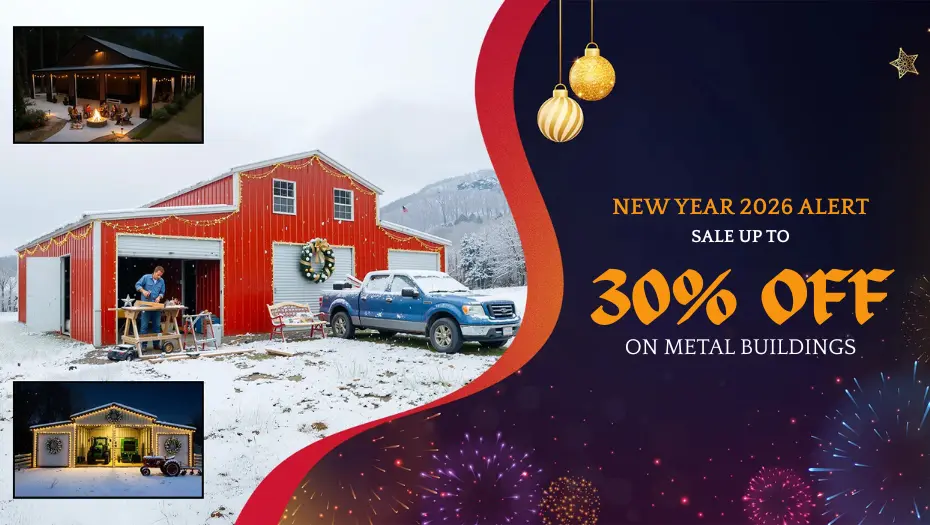

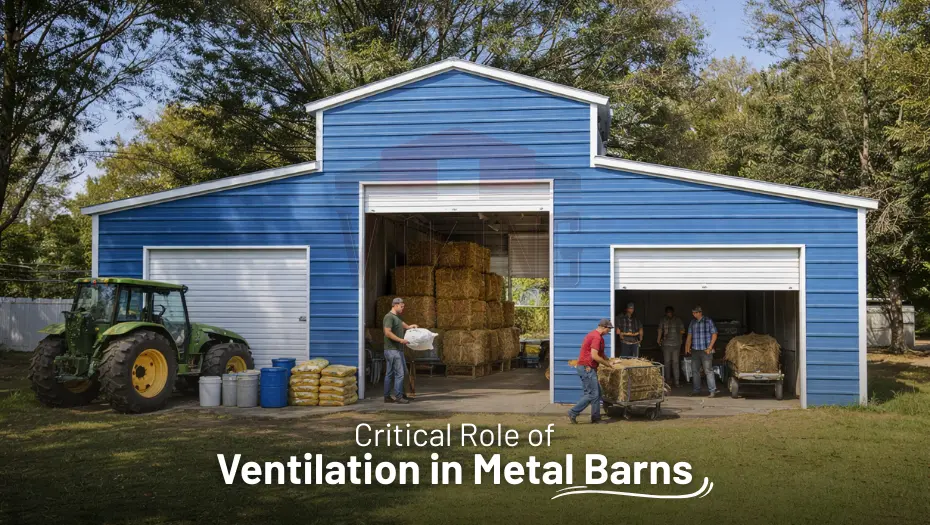
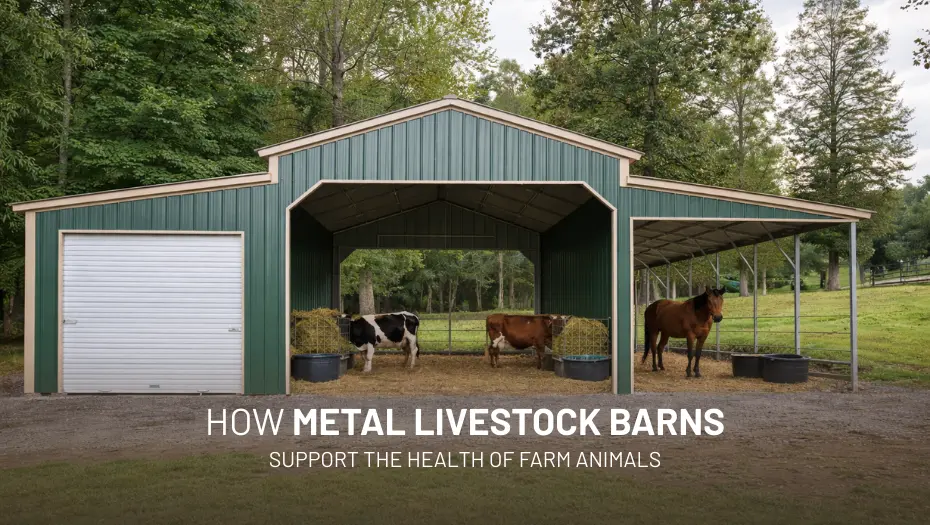

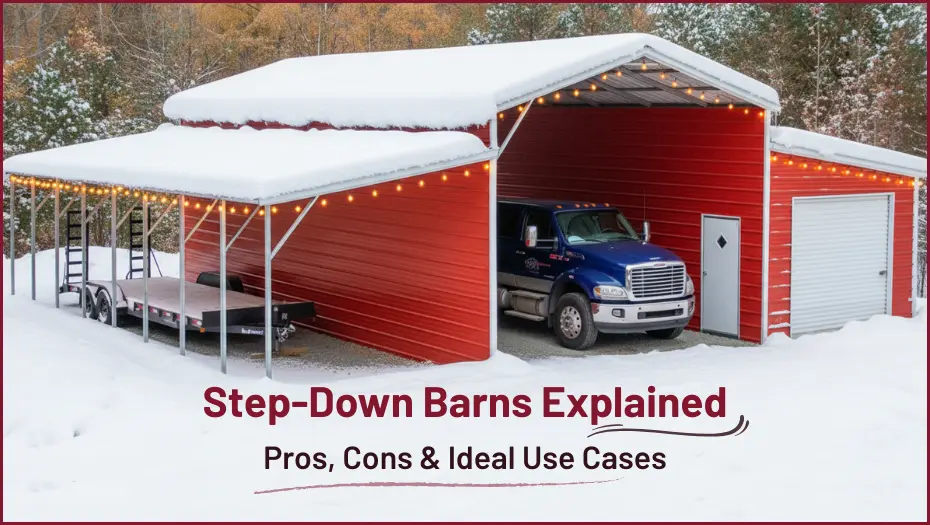
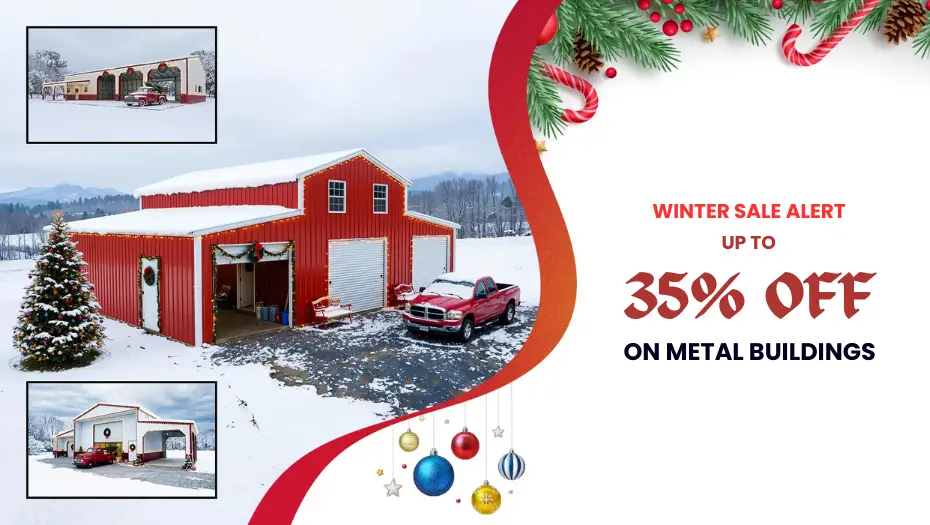
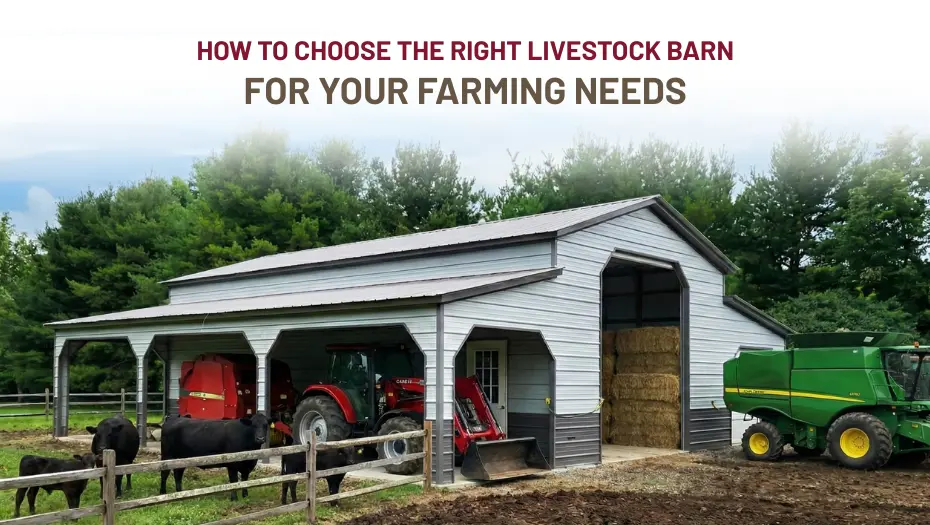
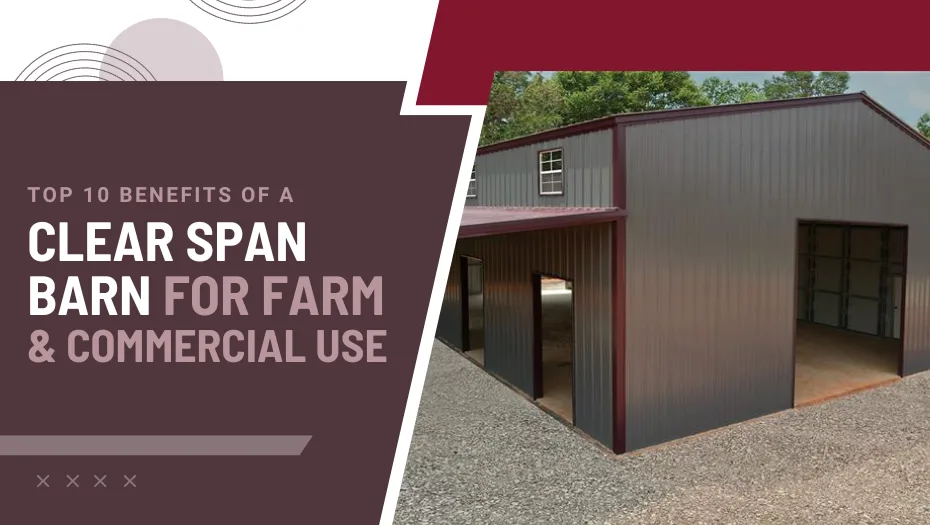
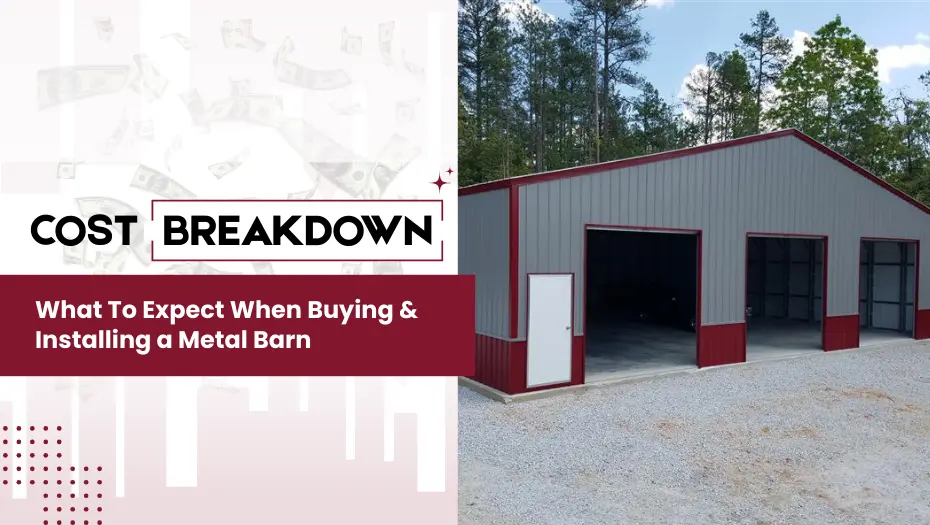
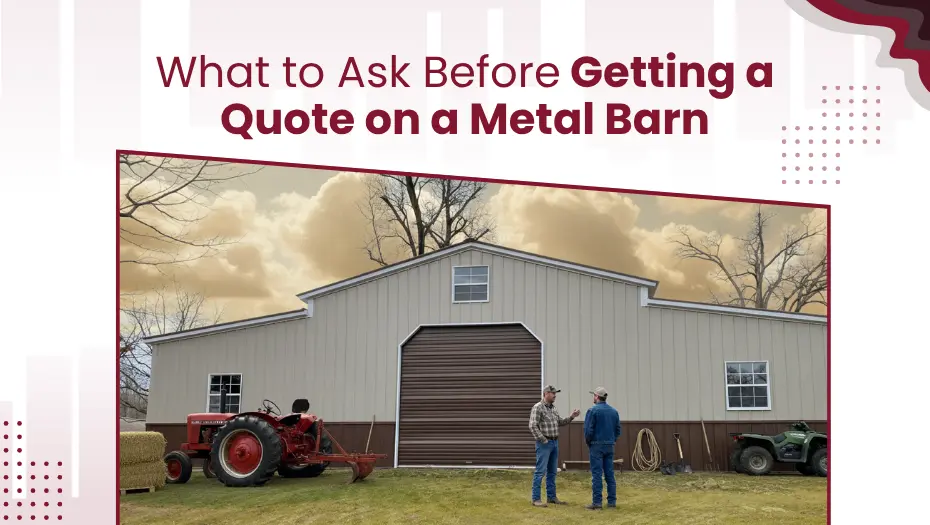

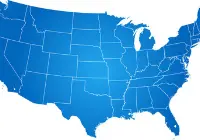
 Alabama AL
Alabama AL

 American Steel Carports Inc.
American Steel Carports Inc.